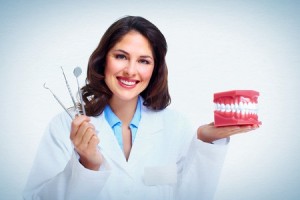Why are Dentistry and Medicine Divided?
 The importance of dental health cannot be underestimated, as oral issues not only cause extreme pain and discomfort, but also pave the way for other problems as infection spreads through the body. Sadly, it’s the case in many states that dental insurance is not as readily accessible as medical health insurance.
The importance of dental health cannot be underestimated, as oral issues not only cause extreme pain and discomfort, but also pave the way for other problems as infection spreads through the body. Sadly, it’s the case in many states that dental insurance is not as readily accessible as medical health insurance.
A perfect example of this occurred in September 2014 when the Xfinity Center at the University of Maryland held a large dental charity event. Thousands of people flooded the center to take advantage of the affordable dental care that otherwise would have been out of their reach. They shared stories of needing root canals or filled cavities for months without a way to receive the car. Why is something so important so difficult to attain?
The explanation to this partition between dentistry and the rest of the medical world can be found back in the 1800s. Until then, barbers actually served rudimentary dental tasks like pulling painful teeth and lacing abscesses. That’s right, you’d get your beard trimmed and then have a tooth pulled! Barbers even completed bloodletting from time to time, which is why barbers’ poles are red and white striped even today. Thus, dental practices were seen as being totally separate from the rest of medicine, and this neglect continued even into the 1960s when Congress began crafting public health insurance programs.
In the 1960s, not even 3 percent of the population had dental insurance, and dental care options were few and far between. The industry hadn’t yet expanded, so policymakers didn’t see value in dentistry like they did in other medical care. Fast forward to today, and this still existing gap between dentistry has awful impacts for people who genuinely need dental attention but cannot afford it. Many people are calling for health plans to regard teeth just like any other part of the body rather than making it a separate insurance requirement.





